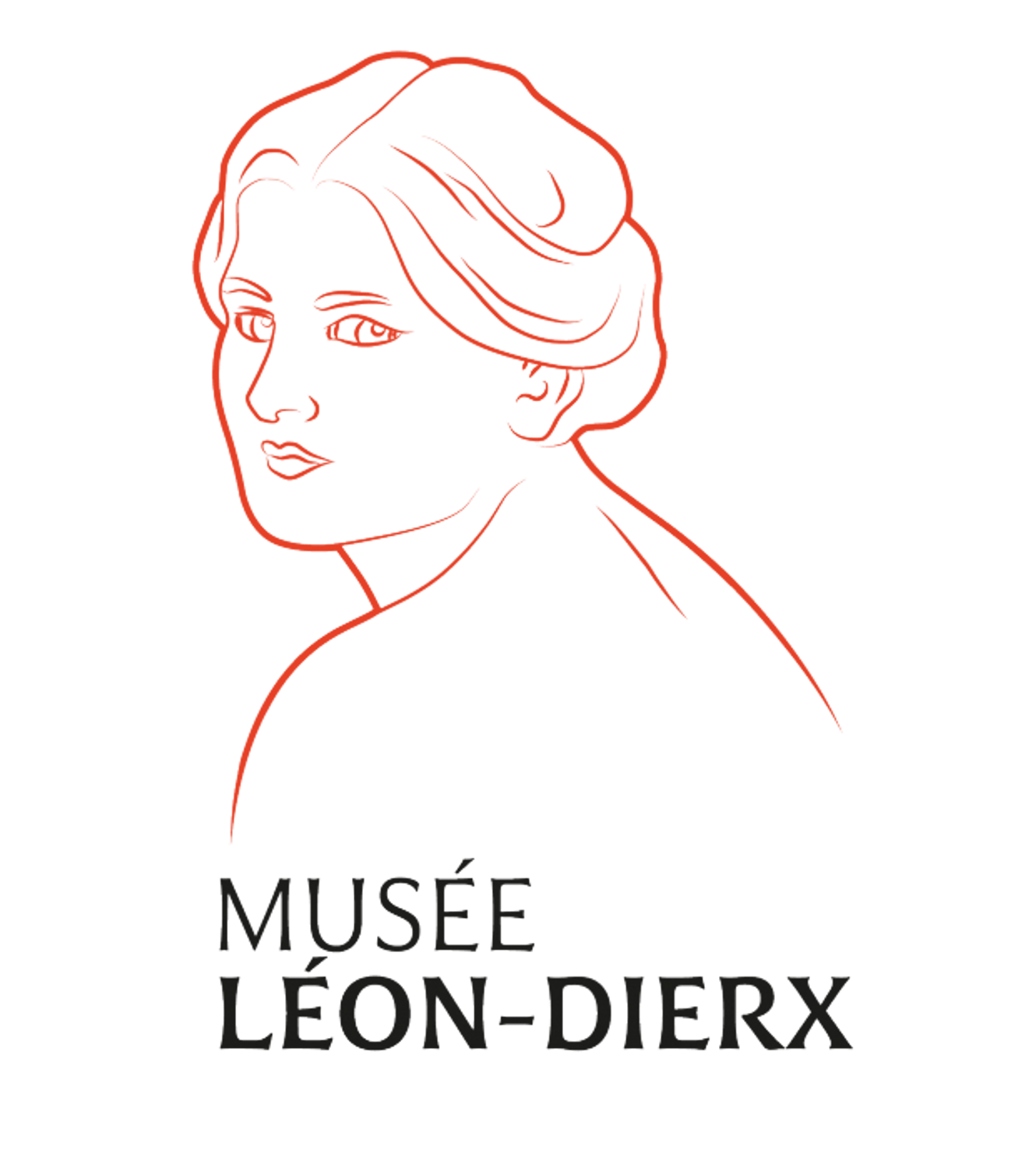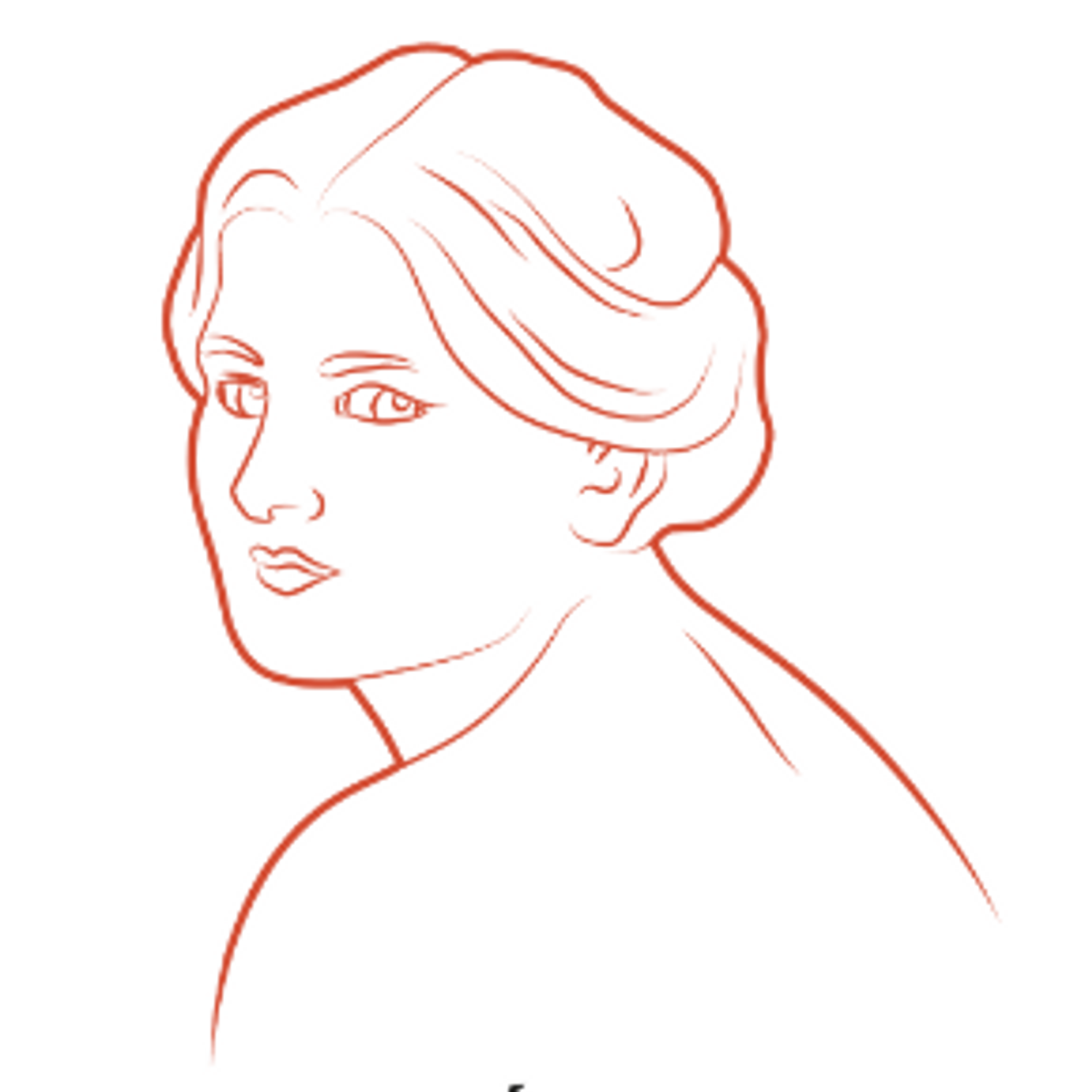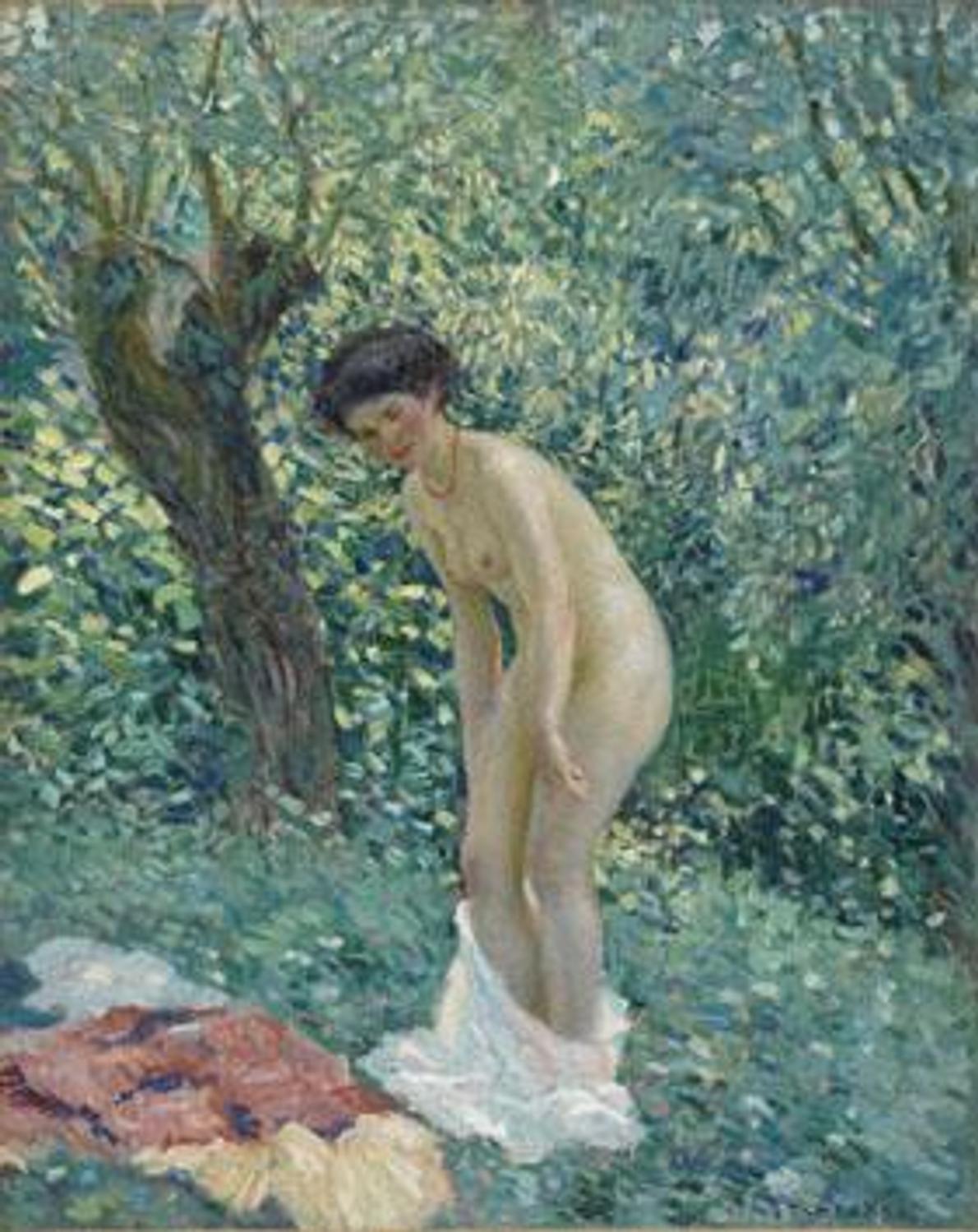THE MASTERPIECES OF THE LEON-DIERX ART GALLERY : Frederick Carl Frieseke
Frederick Carl FRIESEKE
Michigan (USA), 7 April 1874 – Mesnil-sur-Blangy (Calvados), 24 August 1939
Following a brief period of training in the United States, Frieseke went to complete his artistic education in France in 1898. In Paris, he studied at the Académie Julian. In 1899 the painter lived in Étaples and Montreuil, where small groups of American artists had settled. In 1906, he took up residence in Giverny, in a house close to that of Monet.
From 1901, in Paris then later in Europe and the United States, Frieseke exhibited paintings of feminine figures in the open air or in their interior. However, after the war, his colours were considered to be too dull and his work was no longer appreciated. Born during the year of the first Impressionist exhibition, he developed his style by observing Renoir and Monet. He appreciated the rounded forms of Renoir’s nudes and finally adopted the technique applied by Monet.
Nu devant les arbres (Nude in front of trees) , Frederick Carl FRIESEKE
Around 1913
Oil on canvas
81,5 x 65 cm
Inv 1914.01.07
In Giverny, Frieseke focused on monumental images of women, generally single figures, posing in domestic interiors or in sunny outdoor environments, often in his flowered garden, so carefully tended to by his wife.
In this painting, Frieseke depicts a woman undressing before our eyes. With one hand, she is lowering her immaculate white petticoat, letting it fall at her ankles. The figure stands out against a background consisting of a wall of greenery painted using light dynamic brushstrokes. Only the tree trunk in the background emphasises the position of the woman’s body, slightly leaning to one side. The touches of colour on the ground indicating her clothes are treated succinctly and echo the model’s necklace and rosy cheeks.
The artist produced several canvases treating the same topic, that of a woman posing naked in the open air, notably against a backdrop of cherry trees in blossom. However, Frieske was mainly preoccupied with depicting sunlight and not flowers. As he himself declared in 1912: “It is sunlight, flowers in sunlight, girls in sunlight, nudes in sunlight, that have been my passion for the last eight years.” He went as far as to use the whole range of the colours of the prism, covering the whole surface of the canvas in gleaming feather-light touches of colour, exaggerating the impression to create a saturated space.






